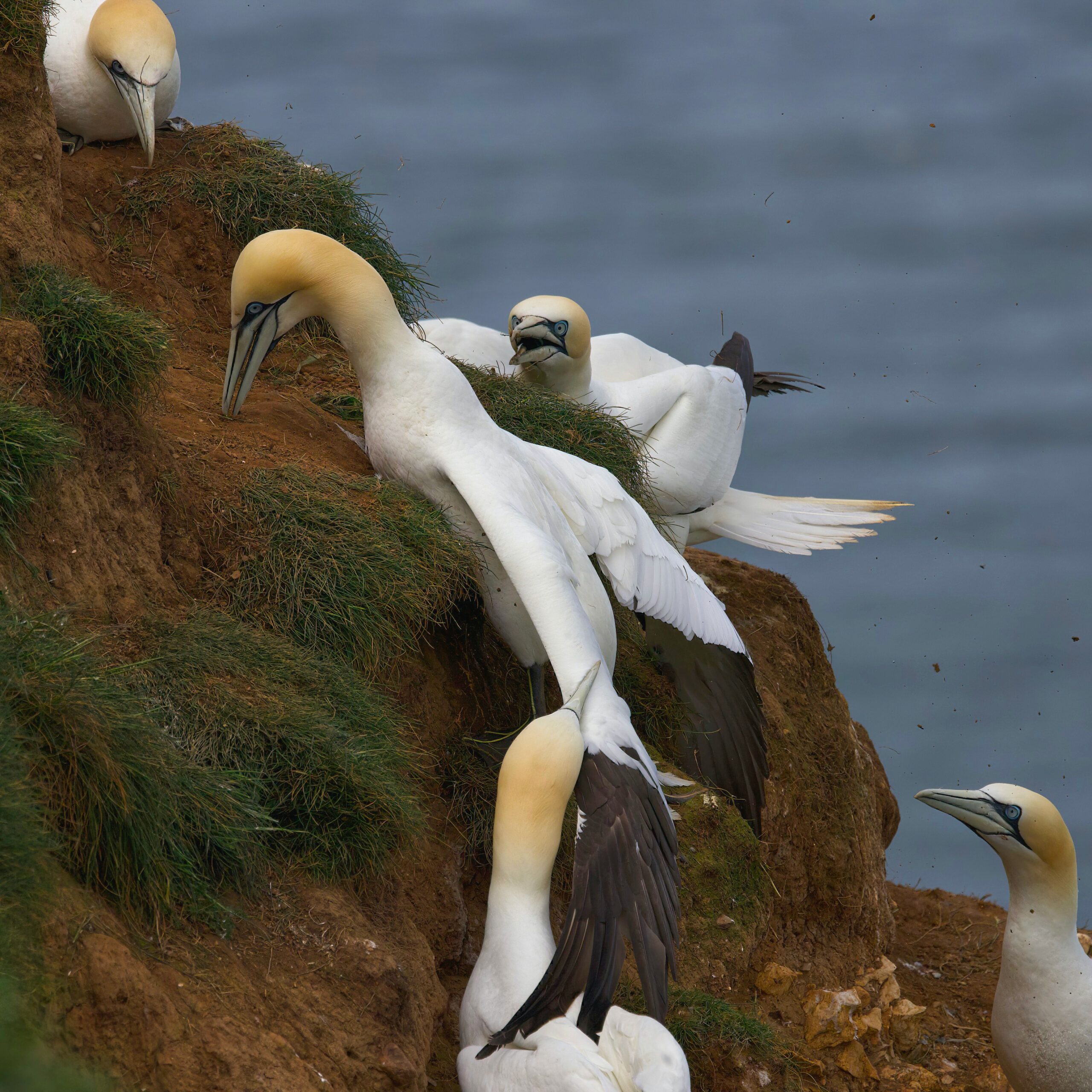Bird watching is a popular hobby enjoyed by people of all ages and backgrounds. It involves observing birds in their natural habitats and appreciating their beauty and unique characteristics. However, to be a pro bird watcher, it is essential to understand the different types of birds and their behaviors. This guide will provide an in-depth understanding of the various types of birds, including their physical features, habitats, and behaviors, to help you become an expert in bird watching.
Types of Birds:
There are more than 10,000 species of birds worldwide, and they are classified into different categories based on their physical features and behaviours. Here are the major types of birds you’ll encounter while bird watching:
- Songbirds:
Songbirds are small, colourful birds that produce melodious sounds. They are also known as passerines and account for over half of all bird species worldwide. Songbirds are typically found in wooded areas, parks, and gardens, and their unique features include a thin, pointed beak and intricate songs. Examples of songbirds include the American Goldfinch, Eastern Bluebird, and Common Yellowthroat.
- Waterfowl:
Waterfowl are aquatic birds that live near freshwater or saltwater habitats. They include ducks, geese, and swans, and are known for their waterproof feathers and webbed feet. Waterfowl are typically found near ponds, lakes, and rivers, and their unique features include a broad, flat beak and webbed feet for swimming. Examples of waterfowl include the Mallard Duck, Canada Goose, and Tundra Swan.
- Birds of Prey:
Birds of prey are carnivorous birds that feed on other animals. They have sharp talons and beaks, excellent eyesight, and are skilled hunters. Birds of prey are typically found in open habitats, including grasslands, deserts, and forests. Their unique features include a hooked beak and sharp talons for catching prey. Examples of birds of prey include the Bald Eagle, Peregrine Falcon, and Red-tailed Hawk.
- Gamebirds:
Gamebirds are birds hunted for sport or food. They are typically found in wooded areas and grasslands and include species like pheasants, quails, and turkeys. Gamebirds have short, rounded wings for quick takeoff and maneuvering in thick vegetation. Examples of gamebirds include the Wild Turkey, Ruffed Grouse, and Northern Bobwhite.
- Seabirds:
Seabirds are birds that live and breed on the coast or offshore islands. They have waterproof feathers and are excellent swimmers. Seabirds are typically found near the ocean and their unique features include long, pointed wings for gliding over water and diving to catch fish. Examples of seabirds include the Albatross, Gulls, and Pelicans.
Characteristics of Birds:
Birds are fascinating creatures with unique features that distinguish them from other animals. Understanding these characteristics can help you identify different bird species while bird watching. Here are some key characteristics of birds:
- Feathers:
Feathers are what make birds unique. They provide insulation, help with flight, and are often brightly colored to attract mates or ward off predators.
- Wings:
Birds have wings that allow them to fly. The shape and size of their wings depend on the type of bird and their habitat.
- Beaks:
Birds use their beaks for feeding, preening, and defence. The shape of their beaks varies depending on their diet.
4. Habitats of Birds:
Birds can be found in various habitats, from forests to deserts to wetlands. Understanding a bird’s habitat can help you predict where you’re likely to find them while bird watching. Here are some common bird habitats:
- Forests:
Forests are home to a wide variety of bird species, including woodpeckers, owls, and warblers. The dense canopy provides shelter and food for birds, and the forest floor provides nesting sites.
- Wetlands:
Wetlands, such as marshes and swamps, are home to many waterfowl species, including ducks, geese, and herons. Wetlands provide a rich source of food and habitat for many bird species.
- Grasslands:
Grasslands are home to many bird species, including sparrows, hawks, and prairie chickens. The open grasslands provide excellent nesting sites and food for birds.
- Deserts:
Deserts are home to many bird species, including roadrunners, falcons, and owls. The sparse vegetation provides nesting sites, and the warm climate provides an ideal environment for many bird species.
Behaviors of Birds:
Birds have unique behaviors that can be fascinating to observe while bird watching. Here are some common bird behaviors you may encounter:
- Mating displays:
Birds engage in elaborate courtship displays to attract mates. These displays can include singing, dancing, and elaborate feather displays.
- Nesting:
Birds build nests to lay their eggs and raise their young. Nests can be simple structures made of sticks or elaborate structures made of mud and feathers.
- Migration:
Many bird species migrate from one habitat to another to find food and breeding sites. Migration can involve long journeys spanning thousands of miles.
FAQs:
- What is the best time to go bird watching?
The best time to go bird watching is early in the morning or late in the afternoon when birds are most active.
- What equipment do I need for bird watching?
A pair of binoculars and a field guide to bird species are essential for bird watching.
- How do I identify bird species while bird watching?
Observing a bird’s physical characteristics, behavior, and habitat can help you identify different bird species.
Conclusion:
Bird watching can be a rewarding and educational hobby. Understanding the different types of birds, their habitats, and behaviors can enhance your bird watching experience. With this comprehensive guide, you’ll be able to identify different bird species and appreciate their unique characteristics while bird watching. So, get out there and start bird watching today!

